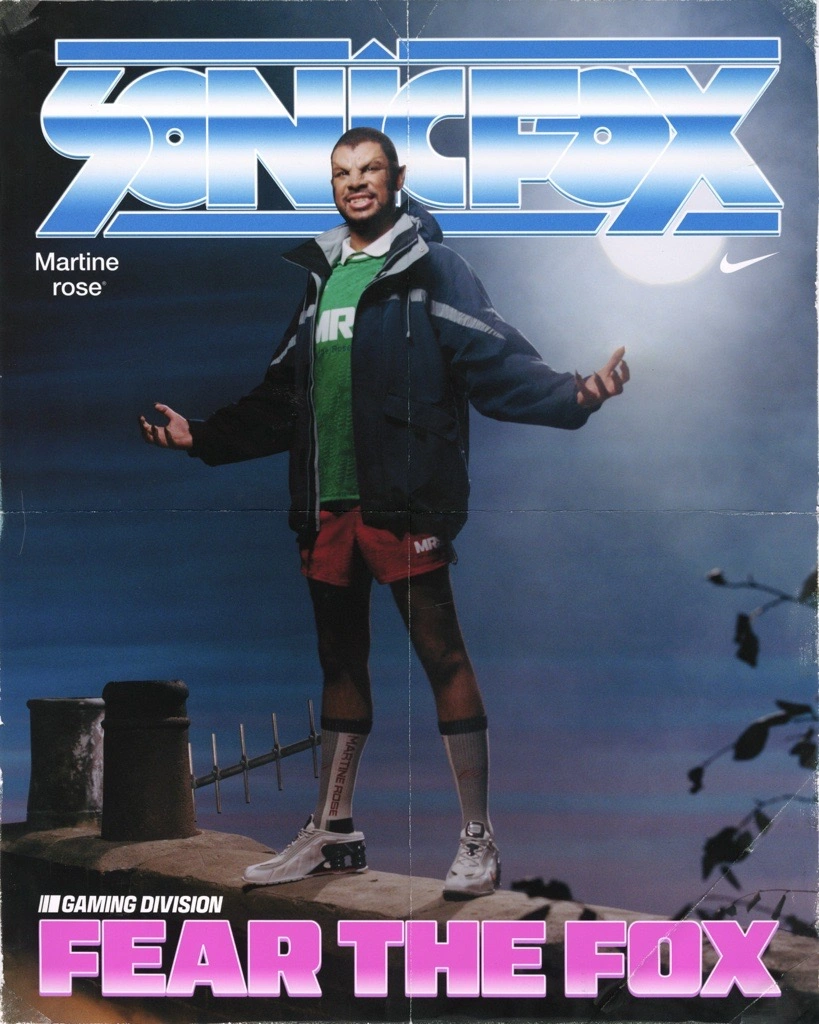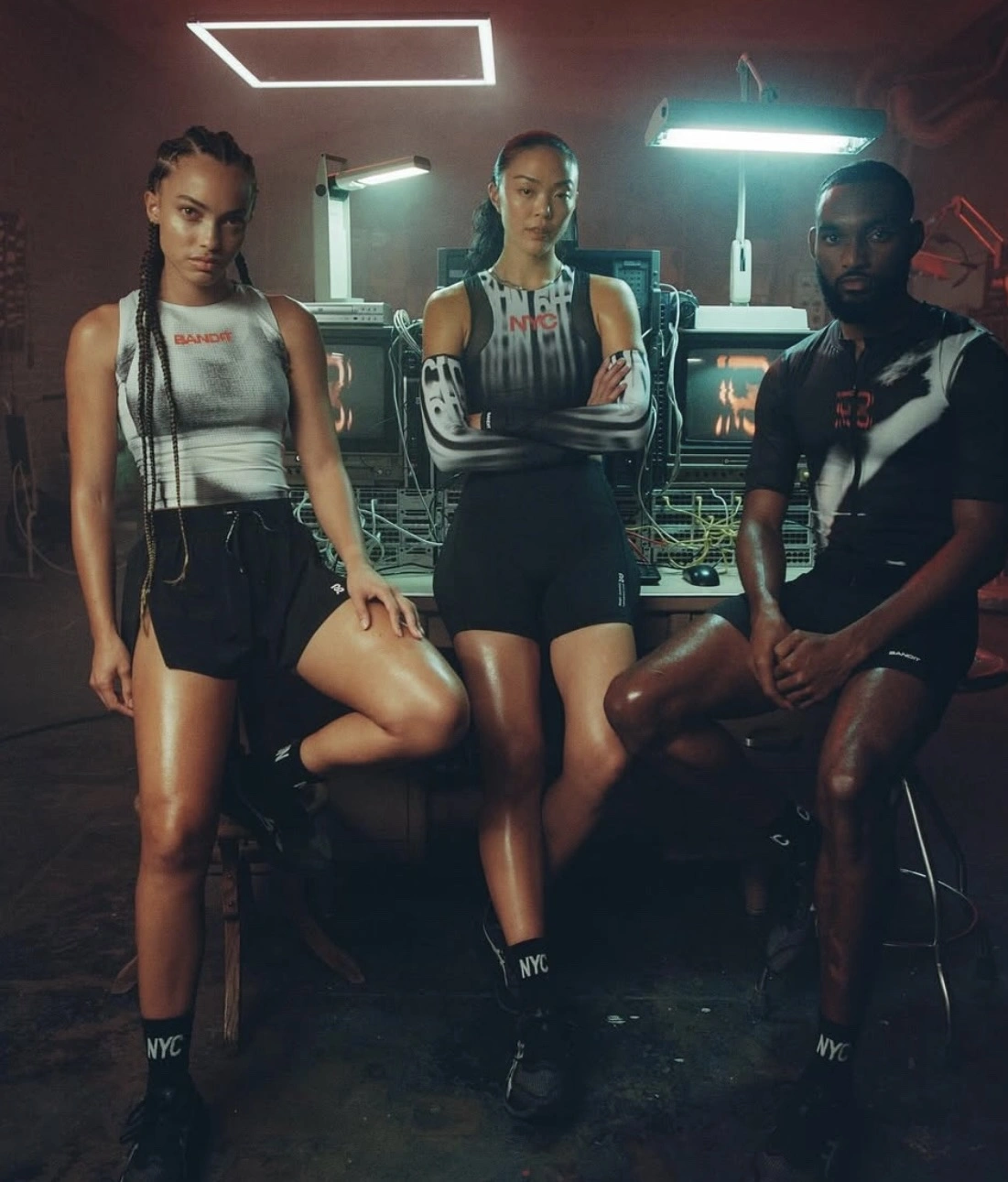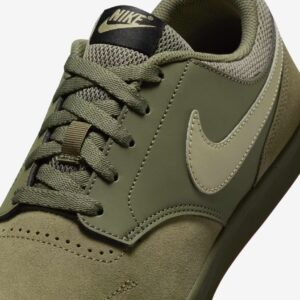The Women’s National Basketball Association (WNBA) is riding an extraordinary wave of momentum. Following a record-breaking season in viewership, attendance, and merchandise sales, the league has announced ambitious expansion plans that will reshape the landscape of professional women’s basketball in North America. With three new franchises set to join over the next few years — Cleveland in 2028, Detroit in 2029, and Philadelphia in 2030 — the WNBA is moving confidently into a future that seems brighter than ever.
These announcements come on the heels of the Golden State Valkyries making their debut this year, while Toronto and Portland are preparing to welcome new teams next season. The league’s growth is not confined to the court. Financial valuations are soaring, creating a landscape rich with both opportunity and potential challenges, especially as players advocate for a fairer share of the rapidly growing pie.
A Brief History: Building the Foundation
The WNBA was founded in 1996, with its inaugural season tipping off in 1997. Born during a time when women’s professional sports were often marginalized, the league was a bold experiment by the NBA to create a sustainable women’s basketball platform. Early stars like Lisa Leslie, Sheryl Swoopes, and Rebecca Lobo became instant icons, setting the tone for a league defined by excellence and resilience.
Despite numerous ups and downs, including financial challenges and wavering public interest, the WNBA persevered. Its commitment to community engagement, social justice, and authentic storytelling helped establish a loyal fan base that only deepened with time. The last decade has seen a particularly notable shift, as younger fans gravitate towards athletes who embrace activism alongside athleticism.
Recent Momentum: A Perfect Storm
The 2023 and 2024 seasons represented a major inflection point. Players like Breanna Stewart, A’ja Wilson, and most recently Caitlin Clark have transcended the sport, becoming household names and social media sensations. The league’s on-court product is as competitive and electrifying as ever, leading to record-breaking attendance and surging television ratings. Merchandise sales have climbed steadily, with jerseys and memorabilia becoming sought-after items even beyond traditional basketball circles.
Caitlin Clark’s entrance into the league has been particularly catalytic. Her dynamic style of play, deep shooting range, and charismatic personality have drawn millions of new eyes to the sport. Fans who once only tuned in for men’s NBA games are now following WNBA broadcasts with equal enthusiasm.
The Expansion Plan: Growth and Strategy
The recent announcement to add teams in Cleveland, Detroit, and Philadelphia marks a calculated expansion strategy aimed at tapping into basketball-rich markets with passionate sports cultures. Cleveland, for instance, has a deep-rooted basketball tradition and a strong appetite for professional sports, while Detroit boasts a storied hoops history and a loyal, resilient fan base. Philadelphia, known for its intense sports fandom, seems a natural choice to foster a thriving women’s basketball community.
This expansion is not occurring in isolation. Toronto and Portland have already been greenlit to join the league next season, while the Golden State Valkyries’ first year on the court has generated significant buzz and ticket sales. With these additions, the WNBA will grow to 18 teams by 2030, further solidifying its status as a major professional sports league in North America.
Financial Implications: Rising Valuations
Alongside this geographic expansion, the league is experiencing remarkable financial growth. According to a report by Sportico, the value of existing WNBA franchises has surged by an average of 180 percent over the past year. The league’s combined valuation now stands at approximately $3.5 billion, with each franchise worth an estimated $269 million — a stark increase from $96 million per team in 2024.
This surge reflects not just increased fan engagement and broadcast deals but also a broader cultural shift towards supporting women’s sports. Corporate sponsors are increasingly eager to align with the WNBA, drawn by its progressive image and strong fan loyalty. Social media has played a vital role, amplifying players’ voices and creating new opportunities for merchandising and brand partnerships.
Players’ Rights: The Next Frontier
However, the story of growth is not without its complexities. As the league’s financial profile rises, so too does the tension surrounding player compensation and benefits. Last fall, the WNBA Players Association (WNBPA) opted out of its collective bargaining agreement (CBA), signaling its determination to secure a larger share of the league’s success.
Players are advocating for higher salaries, improved travel accommodations, expanded health benefits, and stronger support for mothers and families. These demands are not merely about dollars and cents; they represent a broader push for respect and recognition as full professional athletes, deserving of equitable treatment and opportunities.
The current maximum salary in the WNBA remains significantly lower than that of the NBA, prompting some players in past years to play overseas during the offseason to supplement their income. While endorsement opportunities have improved, a comprehensive reworking of the economic model is necessary to ensure the league’s sustainability and players’ well-being.
Cultural Significance: Beyond Basketball
The WNBA’s growth transcends sports. The league has become a powerful cultural force, championing social justice causes and fostering community activism. WNBA players have been at the forefront of movements advocating for racial equity, LGBTQ+ rights, and gender equality. This commitment has resonated deeply with younger fans, who increasingly seek out brands and organizations that align with their values.
Expanding into new cities offers opportunities to build new community relationships and continue this tradition of advocacy and local engagement. New teams in Cleveland, Detroit, and Philadelphia will not only bring professional women’s basketball to new audiences but also create platforms for meaningful social impact in these regions.
Merchandise and the Fashion Connection
Merchandise has become another pillar of the WNBA’s modern success story. From classic jerseys to limited-edition collaborations with designers and streetwear brands, WNBA gear is now a staple among style-conscious fans. These partnerships have helped the league reach new audiences and cement its place within the broader fashion and cultural conversation.
Expansion will only amplify this trend, offering opportunities for new local-themed merchandise and innovative crossovers with local artists and designers in each new city.
Looking Ahead: The Future of the WNBA
As the WNBA prepares to enter its next chapter, it stands as a model for what professional sports can achieve when inclusivity, community, and authenticity are placed at the forefront. The upcoming expansions, rising valuations, and collective bargaining negotiations represent both milestones and opportunities to redefine what it means to be a professional athlete and a fan in today’s world.
The road ahead will not be without its challenges. The league must carefully balance rapid growth with its commitment to player welfare and competitive integrity. Ensuring that the benefits of expansion extend to players, coaches, and local communities will be crucial for maintaining credibility and long-term success.
Conclusion
The WNBA is no longer just “the other basketball league.” It is a dynamic, influential force that is reshaping the sports landscape in real-time. With new teams set to join, record financial valuations, and a cultural impact that goes far beyond the hardwood, the league’s future is filled with possibility.
In this new era, each game is more than just a contest of skill — it is a statement of progress, a celebration of diversity, and a vision for what sports can be when they truly reflect the communities they serve. As the WNBA continues to grow, fans and players alike have every reason to believe that the best is yet to come.
No comments yet.








